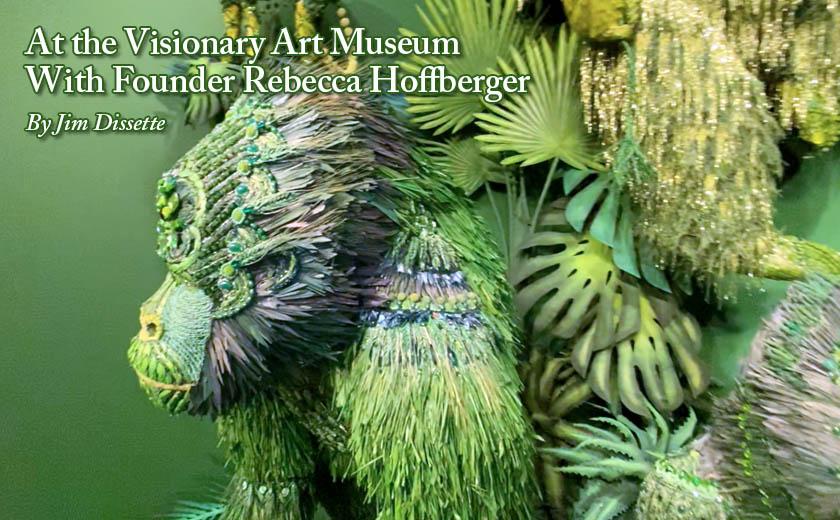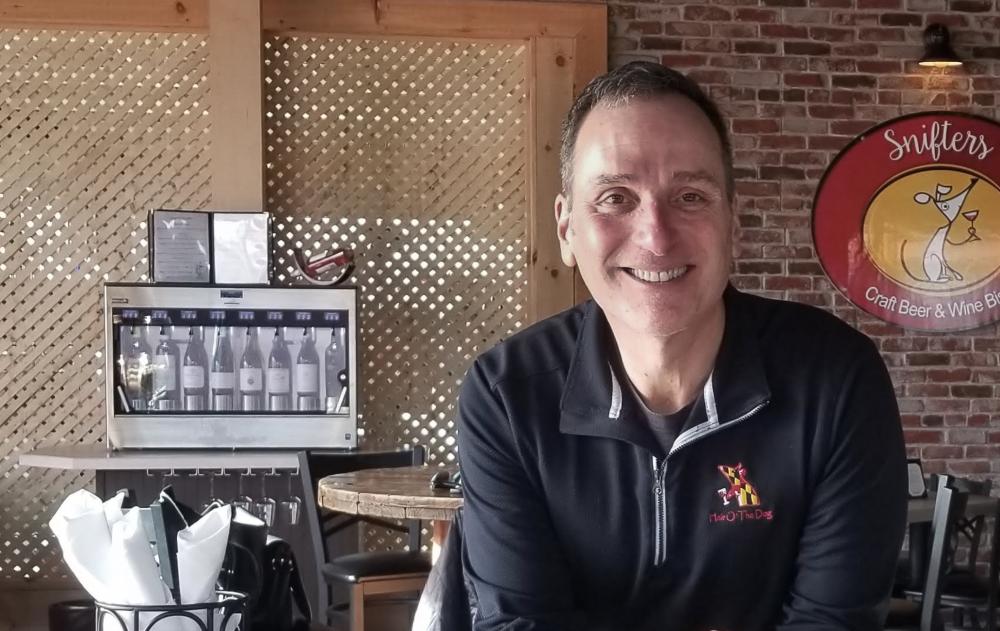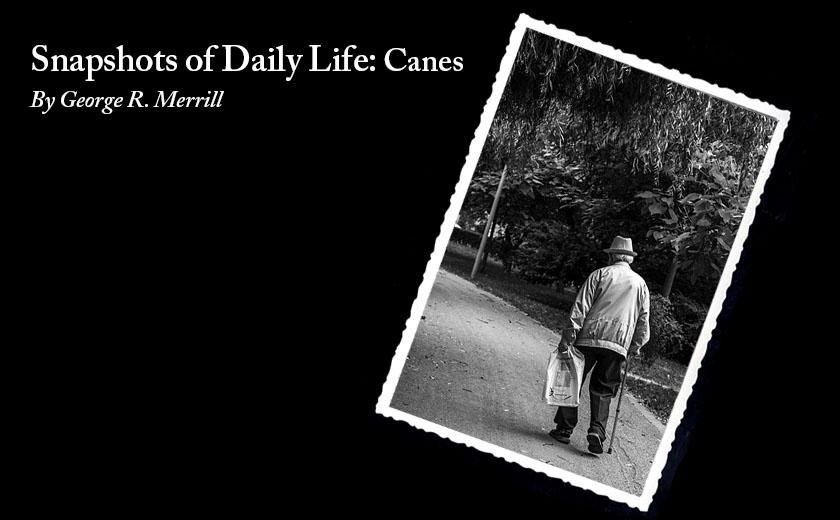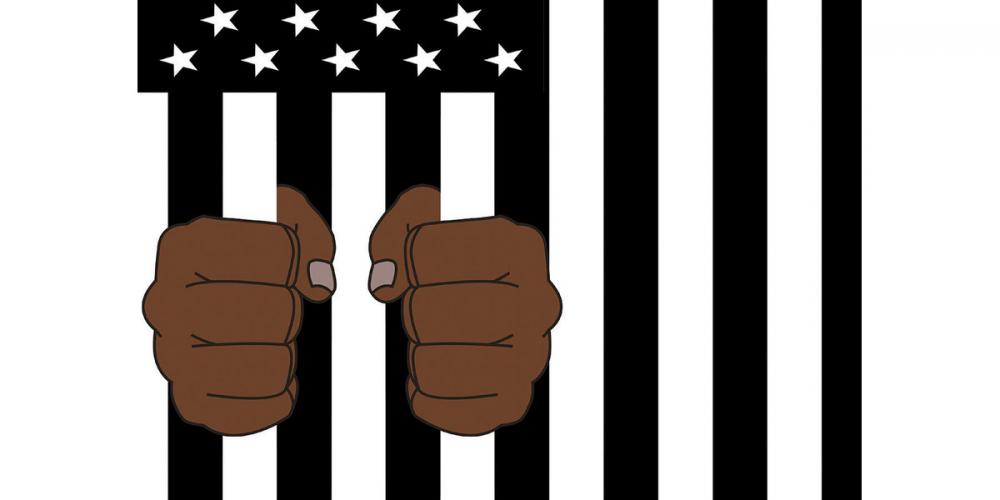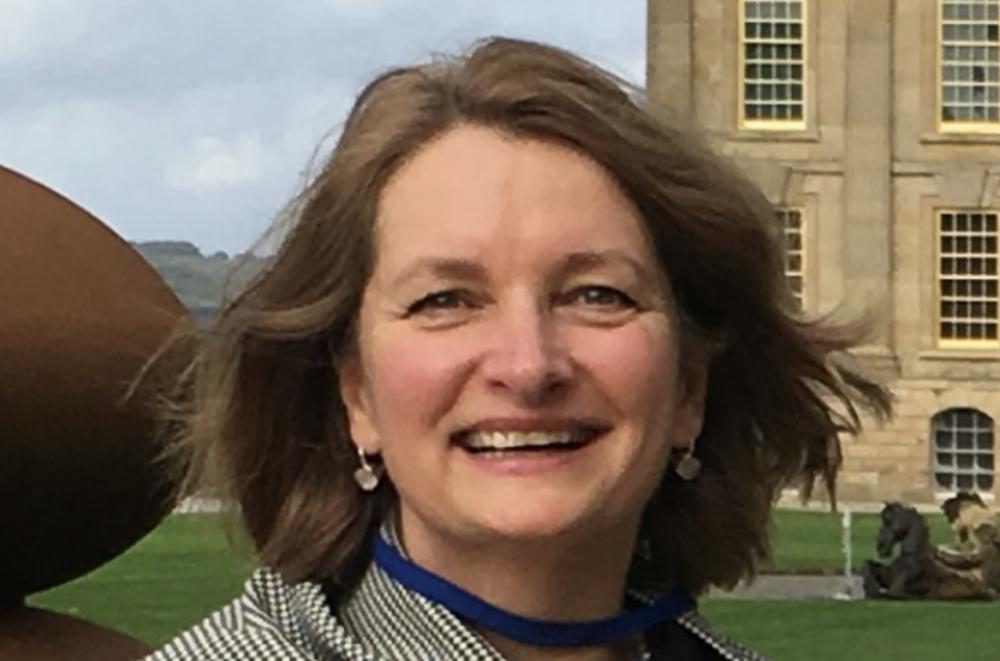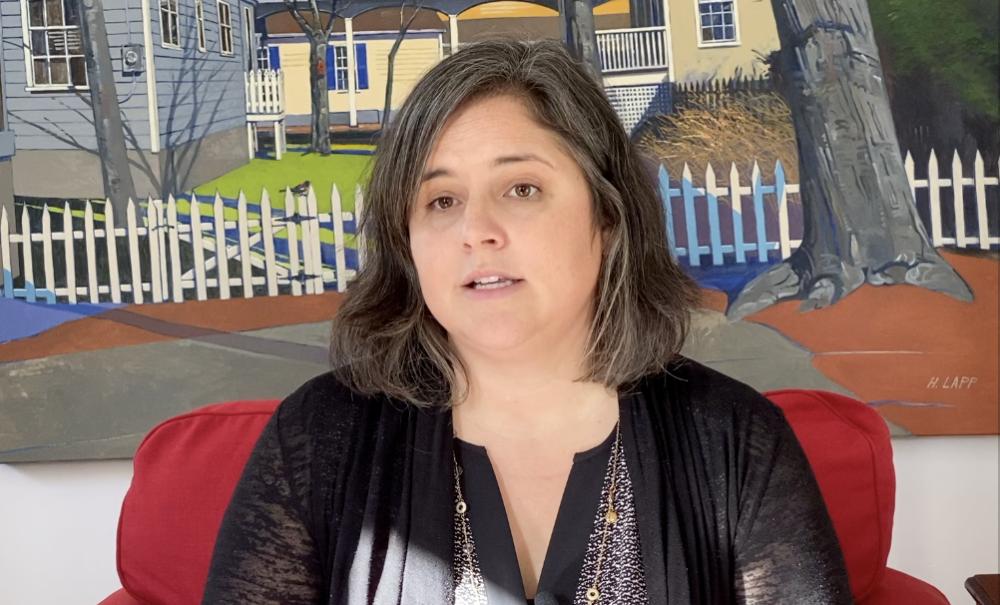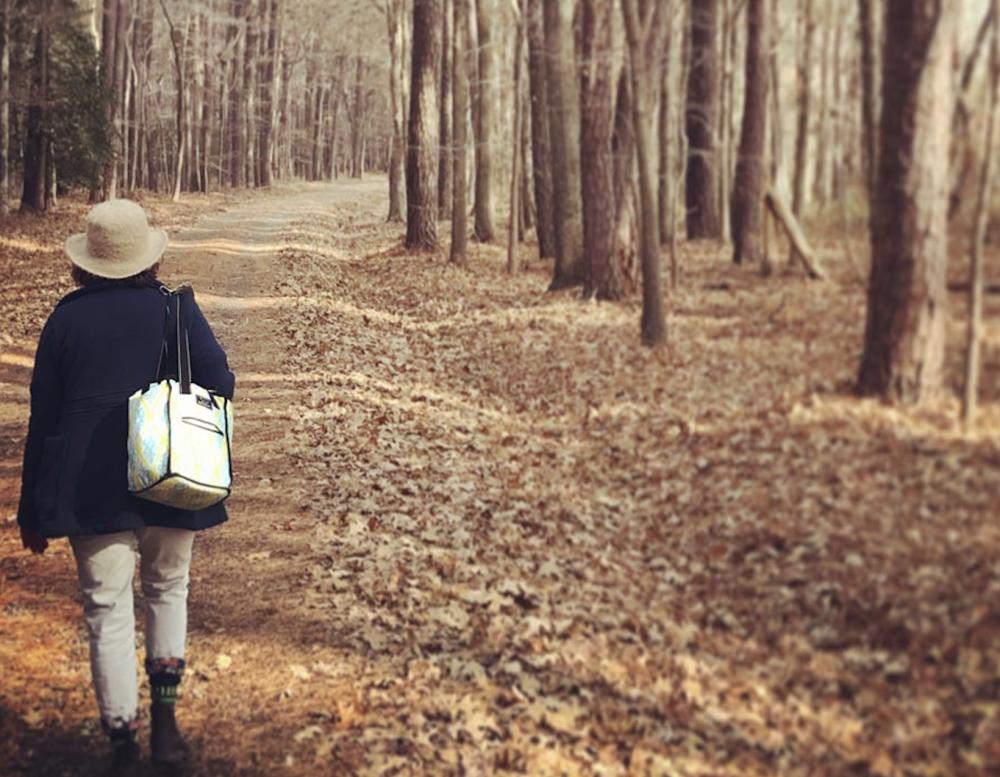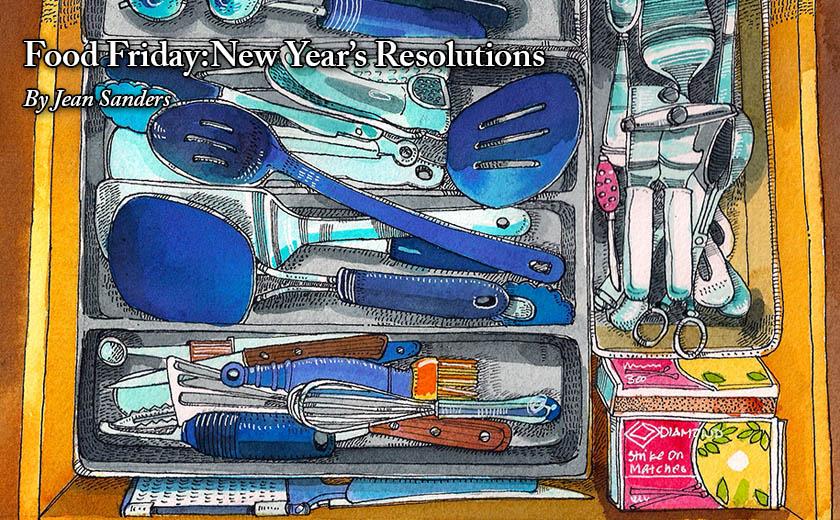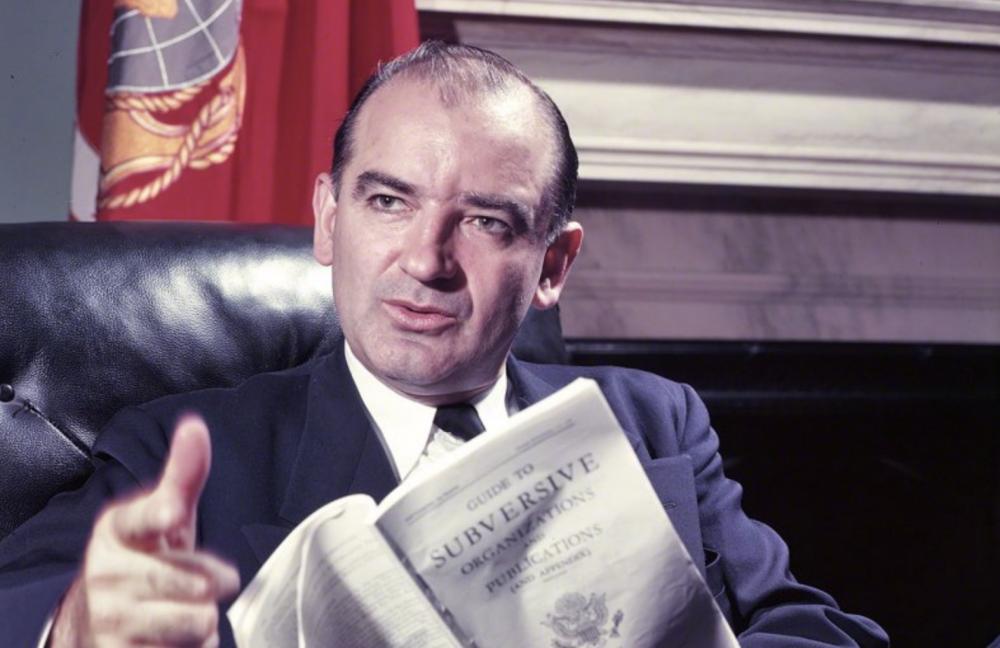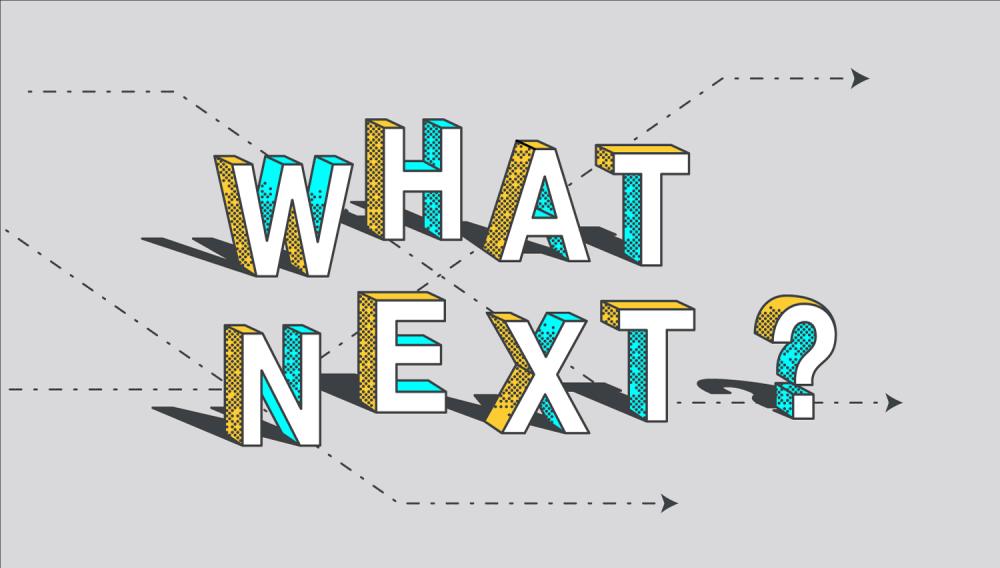Recently, the Spy crew trekked to Baltimore in search of a pigeon skeleton. Yes, really. But there was a method to our madness: the skeleton was on loan from Chestertown resident Pat Trams Hollingsworth and placed as an iconic symbol greeting visitors to the new environmental exhibit at The American Visionary Art Museum.
American Visionary Art Museum Founder and Director, Rebecca Hoffberger noticed the skeleton while visiting Hollingsworth’s home in Chestertown and knew instantly that she wanted it to be part of the new 25th annual exhibition she was curating.
“Rebecca saw the bird skeleton —a learning tool I once used to prepare for a dreaded veterinary tech exam—and off she went with it. It was one of those eureka moments, and she has lots of them. I was fascinated with how she was going to include it,” Hollingsworth says.
The Spy team found the bleached and brittle armature accompanied by a porcelain pigeon in a glass case installed along the entry corridor to the amazing American Visionary Art Museum. The placard above it recalled Hamlet’s existential question, “To Be or Not to Be, That is the Question”, an elegant choice given that AVAM’s new exhibit, “The Secret Life of Earth: Alive! Awake! and (Possibly Really Angry!),” challenges visitors to engage in critical questions about our relationship to the environment that sustains life on Earth.

Chestertown’s Trams Hollingsworth’s pigeon skeleton to illustrate the core message of the new environmental exhibit.
But first: if you have never visited the American Visionary Art Museum, it’s unlike any museum you’ve experienced. You won’t find the trained classicists or hear the reverential whisperings of art admirers. Instead, AVAM is dedicated to art that is rowdy, poignant, haunting and joyous, a collection of unschooled masterpieces from the hearts and minds of individuals who worked out their visions with materials at hand. For example, a centerpiece for the permanent collection has a detailed 15 ft. replica of the Lusitania made out of 200,000 toothpicks as two human figures shaped out of hundreds of wood and felt piano hammers convene silently together.

Johanna Burke’s “Another Green World” mixed media of dry plants, seeds, beads and glass was originally designed for a window at Bergdorf Goodman’s New York store and donated to AVAM.
However, the new environmental exhibit is not a bludgeon wielded by political or environmental activists. It is a collection of personal visions by individuals who would not even consider themselves artists, using materials at hand. It is an invitation to explore our environment through alternative perspectives and along the way to muse over the simple scientific facts of the challenges we face if we continue to ignore the ecological emergencies at hand. Even the ramp to the exhibit begs a fundamental question—hundreds of plastic items collected from a single beach in California are suspended from the corridor ceiling. On the wall, a text panel history of plastic. How will we deal with with an ocean choked by discarded plastic and drinking water suffused with hidden threat microplastics now being detected in humans all over the world?
The Spy was lucky to have as their guide Founder, Director and curator of the exhibit, Rebecca Hoffberger whose knowledge about each of the “artists” and their works reveal the depth of her dedication to the exhibit at hand and the overall mission of AVAM. Hoffberger led us through the labyrinth of exhibits describing their origin, the artist, and how she felt it shaped the conversation we must have about our environmental crisis.
But what are we looking at when we see giant green gorillas fashioned from fiberglass, beads, and plants, or a wax rubbing of a crosscut of a tree compared with a human fingerprint, and why does it move us so different from the art spaces of other museums?
Understanding AVAM’s mission is to understand Hoffberger’s original interest in creating a space for art created outside the classical world of classically trained artists. In her mission statement, she wrote, “Visionary art as defined for the purposes of the American Visionary art Museum refers to art produced by self-taught individuals, usually without formal training, whose works arise from an innate personal vision that revels foremost in the creative act itself.”
In the mid-eighties, Hoffberger was employed as the Development Director of People Encouraging People, a program of the Department of Psychiatry at Sinai Hospital in Baltimore, and it was there she became impressed with patients’ elaborate imaginations. She wondered how she could showcase these alternative visions, not as an illness but as a strength. Were there galleries or museums showcasing this kind of personal vision? She and her future husband and museum co-founder LeRoy E. Hoffberger decided to visit French artist Jean Dubuffet’s Art Brut Museum in Switzerland where the largest collection of anti-cultural Art Brut (raw art) was exhibited, including the intense and intricate work of psychiatric patient Adolf Wolfli. Impressed with the collection and its simple exhibition style, the two returned with ideas for a museum that would widen and redefine the “outsider’ genre to include “intuitive creative invention and grassroots genius.”

Adolf Wolfli’s “General view of the island Neveranger,” 1911. Wolfli, a psychiatric patient for most of his life was championed by French painter Jean Dubuffet and became one of the first artists associated with the Art Brut or “outsider art.”
Intense fundraising efforts were begun. The City of Baltimore helped with acquiring a place, Senators Barbara Mikulski and Bob Dole were early supporters of the effort including getting a Congressional resolution designating the museum as America’s official national museum. The museum design was created by architect Rebecca Swanston and artist and designer Alex Castro who later became Director of Washington College’s SandBox project in Chestertown. AVAM held its grand opening in 1995 and the accolades have poured in ever since. CNN described the museum as “…one of the most fantastic museums anywhere in America…”
“The Secret Life of Earth” exhibit of 88 artists is a perfect manifestation of AVAM’s mission. Johanna Burke’s mixed-media “Another Green World” shares equal billing with every other artist from Brian Pardini’s found driftwood sculptures to Santiago Navila’s video installation “Untitled” and Julia Butterfly Hill’s journal entries from her 738 consecutive days perched in a California redwood tree to defy a lumber company and its threat to clear cut old-growth redwoods. There is no promotion of gender, race or ethnicity, and Hoffberger is adamant about keeping it that way.
The Spy found the delicate pigeon skeleton from Chestertown and it pointed the way to an extraordinary and personal journey guided by visionaries whose directness and self-taught raw talent stunned us into a visceral connection to the primal network of life we threaten with our abuse and denial.
Pioneer in time-lapse cinematography Louis Schwartzberg once said that “beauty and seduction, I believe is nature’s tool for survival, because we will protect what we fall in love with.” The American Visionary Art Museum’s “The Secret Life of Earth” exhibit is no less than an illuminated path to the heart of our environmental dilemmas. It’s a braid of science and raw vision without sermonizing and dedicated to the awakening of all who long to curate, protect, and love the world we need to survive.
James Dissette a contributor to the Chestertown Spy and Talbot Spy, a Washington College graduate, and was awarded the school’s Sophie Kerr Prize for Literature in 1971.
“The Secret Life of Earth” special exhibit will be available until September 6, 2020 For hours, ticket prices and more information about The American Visionary Art Museum, see their website here. The Spy and the Academy Art Museum will host a lecture by Rebecca Hoffberger on February 21th starting at 6 pm. For ticket information please go here.
Don’t miss the latest! You can subscribe to The Talbot Spy‘s free Daily Intelligence Report here.
